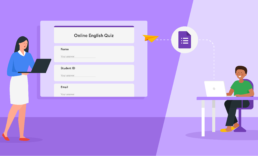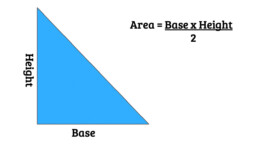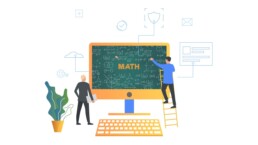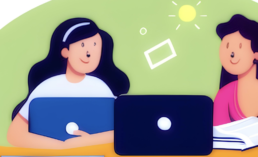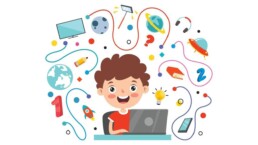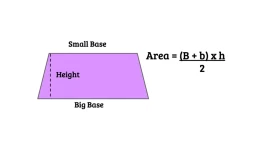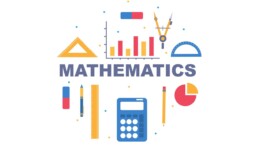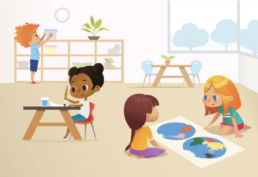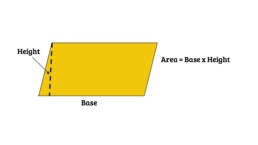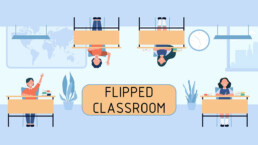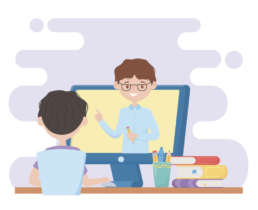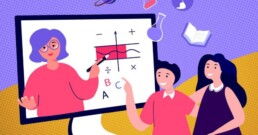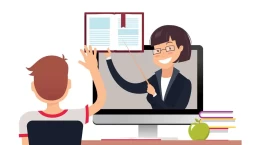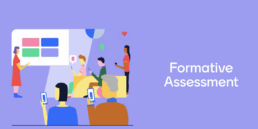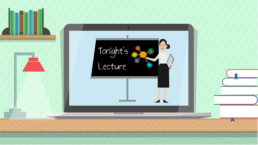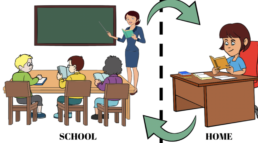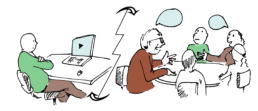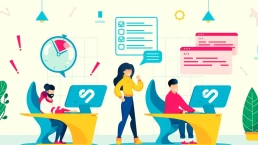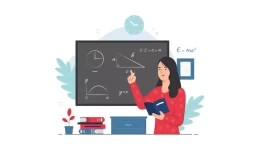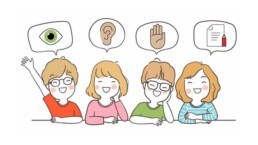The Importance of Teaching Students How to Learn
Introduction

It’s no secret that the landscape of education is changing. As our world becomes more and more digitized, it’s more important than ever before that students are taught not just WHAT to learn, but HOW to learn. Teaching students how to learn is a skill that will benefit students not just during their high school years, but for the rest of their lives.
It might sound counterintuitive—after all, isn’t it the job of teachers to teach students? While it’s true that teachers have a responsibility to impart knowledge, it’s also true that students need to develop skills that will enable them to continue learning long after they leave the classroom.
Here are three reasons why learning how to learn is essential.
It Helps Students Understand Themselves

When students understand how they learn best, they can tailor their study habits to suit their needs. Do they retain information better when they study in short bursts or when they study for longer periods of time? Do they prefer visual aids or listening to audio recordings? Having students ask questions like these can help them zero in on the study methods that work best for them.
It Helps Students Take Control of Their Education
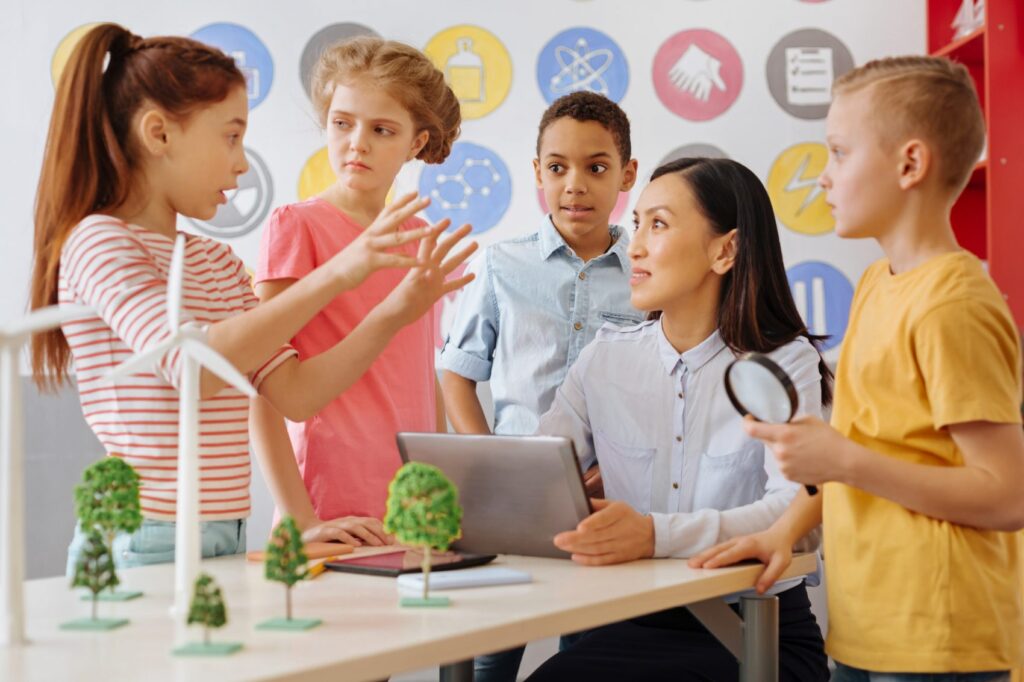
When students take on a more active role in their learning and know how to learn, they take control of their education. They no longer have to wait for their teacher to explain concepts in a way that makes sense to them; instead, they can find resources that explain things in a way that works best for them.
It Helps Students Prepare for College and Beyond

The skills students learn in high school will stay with them long after graduation. When they know how to learn, college becomes easier because they can approach their studies in a way that works for them. Additionally, employers value employees who are lifelong learners—employees who are always looking for new ways to improve their skillset. So learning how to learn now will benefit students later on down the road.
Strategies to Use

It’s so important for teachers to focus on teaching their students HOW to learn, rather than just WHAT to learn. When students know how to effectively learn new information, they’ll be better prepared for success in college and beyond.
Here are three strategies teachers can use to help their students learn HOW to learn.
Encourage Active Learning

Active learning is a teaching method in which students are actively engaged in the learning process, as opposed to just passively listening to a teacher’s lectures. There are many different ways to incorporate active learning into your lessons, but some common methods include discussions, small group work, and hands-on activities. A method I use in my math classes to promote active learning is flipped learning.
Active learning is effective because it gets students more involved in the material. When they’re actively participating in the lesson, they’re more likely to pay attention and retain the information. Additionally, active learning helps students develop critical thinking and problem-solving skills that will be essential in college and their future careers.
Use Technology Strategically

Technology can be a great tool for helping students learn how to learn. There are dozens of apps and websites that can be used for everything from listening to lectures (YouTube) to taking practice quizzes on specific topics.
However, it’s important to use technology strategically. If misused, it can actually end up harming students’ ability to learn effectively.
Focus on Learning Strategies, Not Just Content Knowledge

Teaching content knowledge is obviously important – after all, that’s what students need to know for tests and exams. However, if that’s all you focus on then you’re not really preparing your students for long-term success. Instead, take some time to teach your students specific learning strategies that they can use both now and in the future.
For example, you might teach them how to skim texts quickly or how to create concept maps as a way of organizing information. These types of strategies will help them both in school and in life outside of school when they need to quickly absorb large amounts of information or remember complex ideas.
Conclusion
In conclusion, it’s evident that the ability to find, evaluate, and use information effectively is becoming increasingly important in today’s world. Teachers play a crucial role in helping their students develop these skills and should use a variety of different strategies to ensure that their students are successful.

